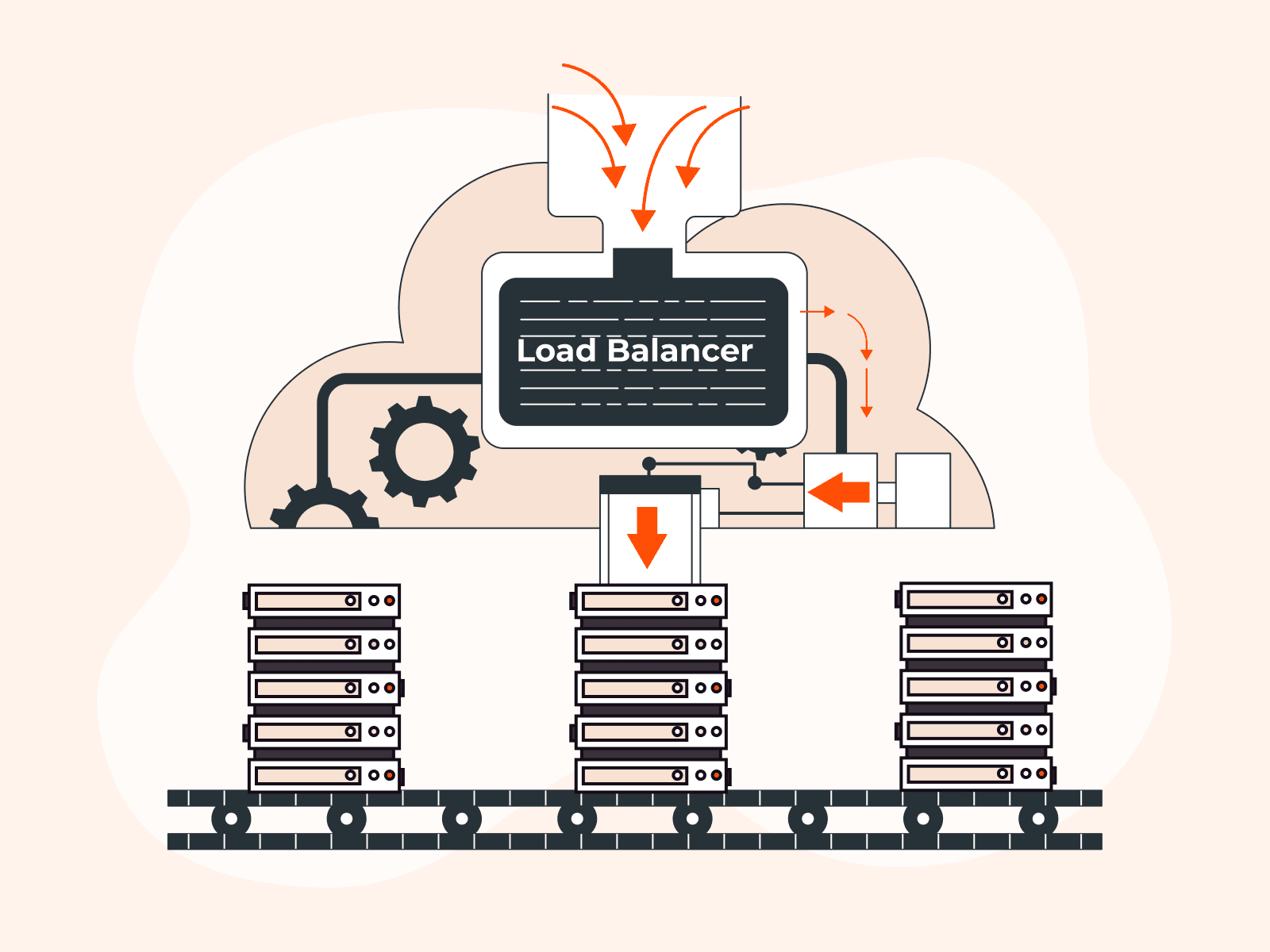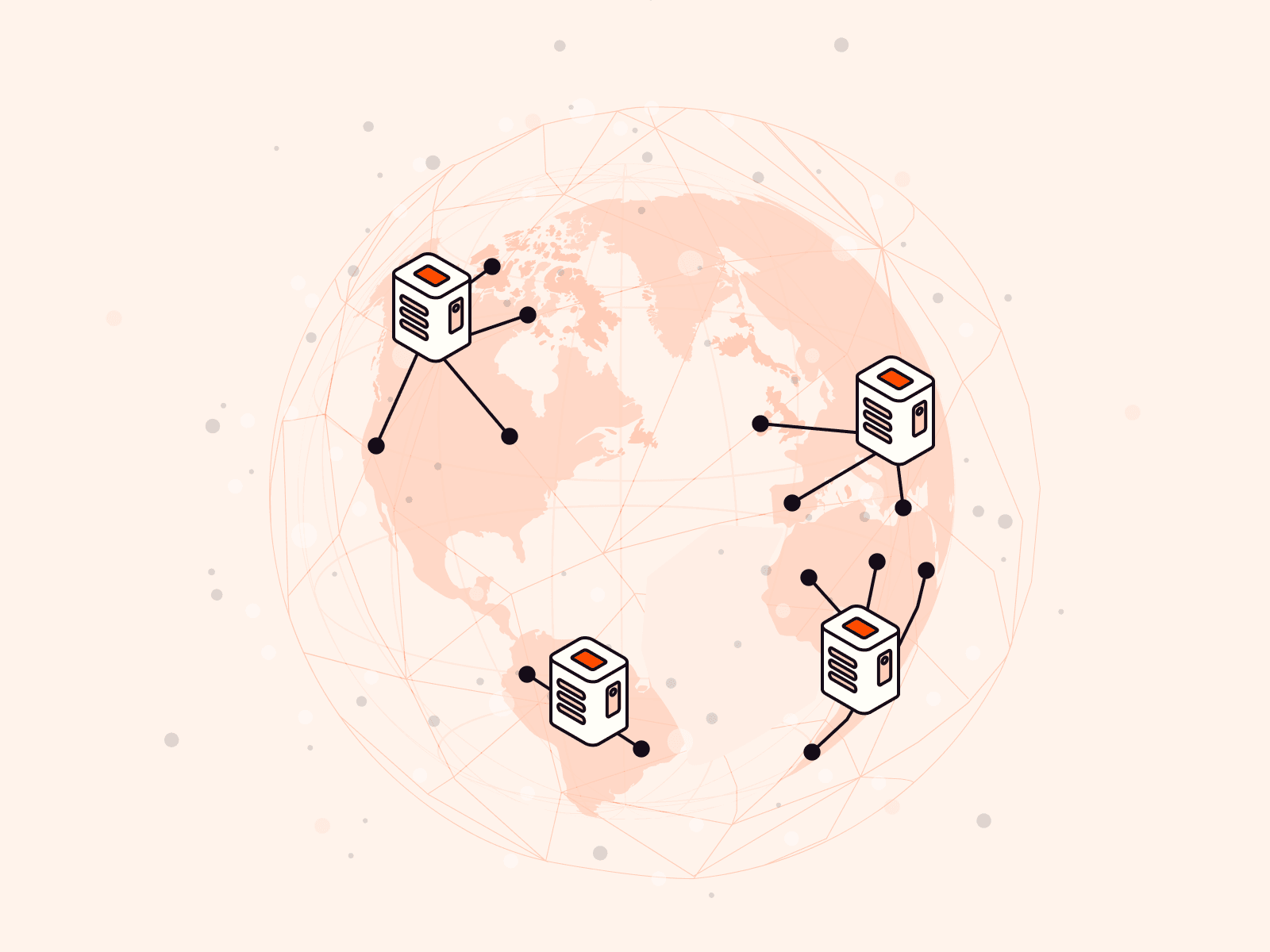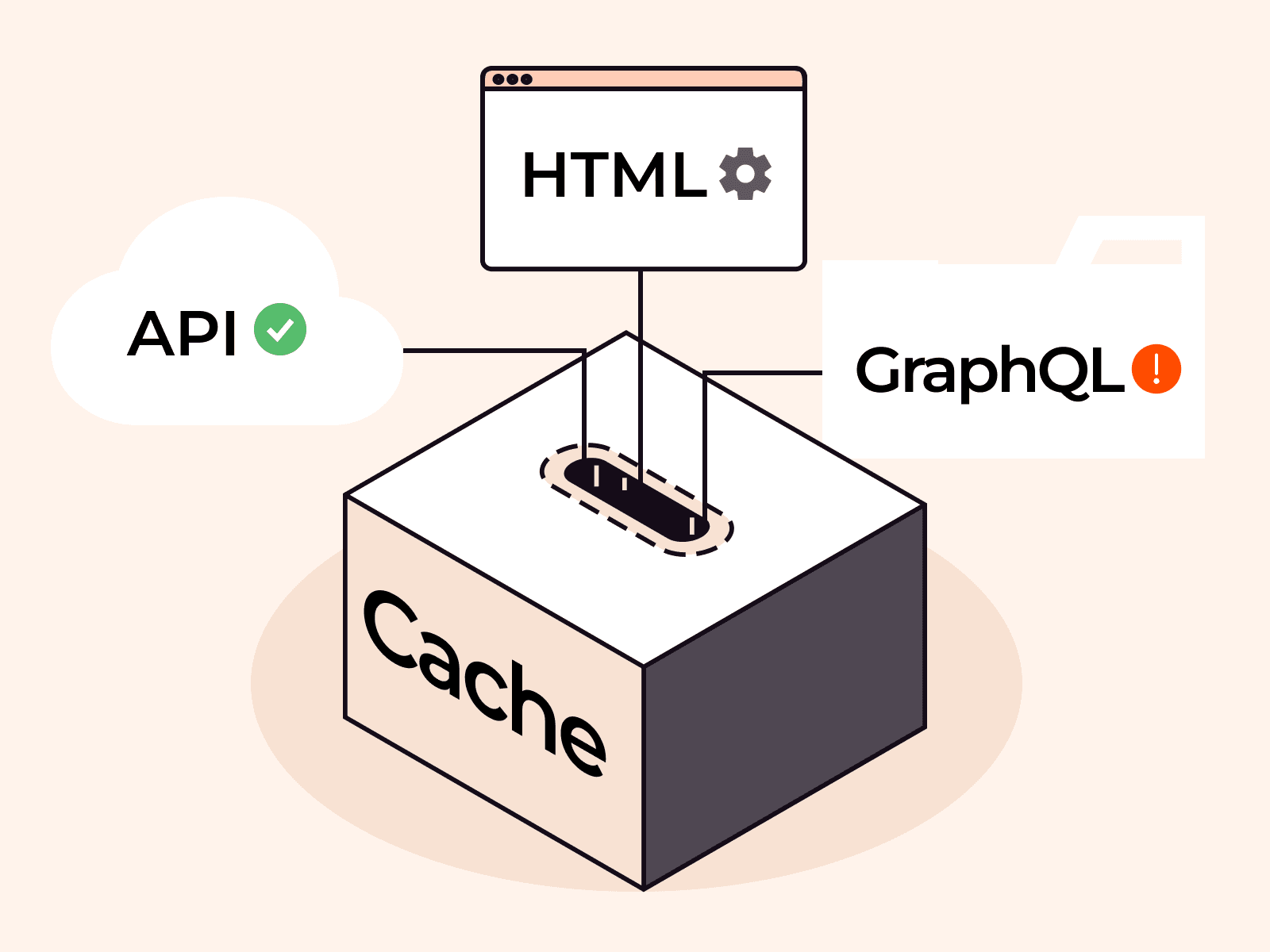Website visitors are more impatient than ever—websites that take longer than three seconds to load lose more than half their visitors. For an e-commerce business, that translates to losing half its potential sales, which is bad news for revenue. In this article, we explain what e-commerce website speed is, how it’s measured, and how you can improve it for better customer retention and higher sales.
Why Does Site Speed Matter?
Website speed measures the time from when visitors click your link to when they see a fully functioning page. With the surge in e-commerce businesses around the world, buyers have many choices and will quickly abandon slow-loading websites out of frustration. Most customers won’t return to a slow website, and 89% will turn to a faster competitor. Satisfied customers are more likely to recommend your website to others, making high user satisfaction an effective marketing strategy.
Just a second—or less—of load time can make the difference between a potential customer purchasing from you or your competitor. Conversion rates drop markedly with every additional second of load time. If your site loads in one second or less, you’re looking at a 3% conversion rate. That almost halves when you add just one second of wait time.

That’s not surprising, since churn and bounce rates increase with slower load times, meaning potential buyers either leave your site before interacting and/or don’t return.
Page load times also affect search engine optimization (SEO) rankings—your spot on search engine results pages. When buyers search for your products, if you don’t appear at the top, your competitors will—and your customers are more likely to visit their site instead of yours.
Evidently, optimizing page load time is a non-negotiable for any e-commerce business.
Metrics and Indicators to Track
Speed can be measured and reflected by either technical or business metrics.
Technical Indicators
Google Core Web Vitals are metrics that measure various features contributing to a high-quality page experience. They’re an industry-standard way to measure your technical website load speed.
- Largest contentful paint (LCP) is the time it takes for the largest content on your site to load. An ideal LCP value is below 2.5 seconds, while above 4 seconds signals a poor page experience.
- First input delay (FID) is the delay between a user’s interaction (e.g., clicking a button) and the browser’s response. Google considers any FID value below 100 ms good, and above 300 ms poor.
- Cumulative layout shift (CLS) measures how much your content moves around while loading. Poor CLS can cause users to accidentally click on the wrong buttons.
Keep track of the following additional technical metrics:
- Time to first byte (TTFB) is the time between a browser requesting your webpage and the first byte of data arriving. It often triggers the “reduce initial server response time” message in page speed diagnostics.
- Time to interactive (TTI) measures the time it takes for your website to become fully interactive. Google considers a TTI of below 5 seconds good, and above 7.3 seconds poor.
- Round-trip time (RTT) is the time it takes for requests to reach the origin server, be processed, and return to the client.
Business Metrics
These metrics give you insights into how your website’s speed impacts sales. Although they’re not a direct speed measurement, speed has a direct impact on them.
- Conversion rate measures the percentage of your website’s visitors who make a purchase.
- Engagement time measures how much time customers actively spend on your website, such as browsing products or making a purchase. It’s connected to bounce rate, which is the opposite—how many customers leave your site without engaging at all, often caused by slow loading.
- Search ranking affects your site’s visibility, traffic, and revenue. Fast load times contribute to better SEO rankings.
Explore part 2 of this guide to discover 5 practical tips to speed up your e-commerce website performance.
Related articles
Subscribe to our newsletter
Get the latest industry trends, exclusive insights, and Gcore updates delivered straight to your inbox.






